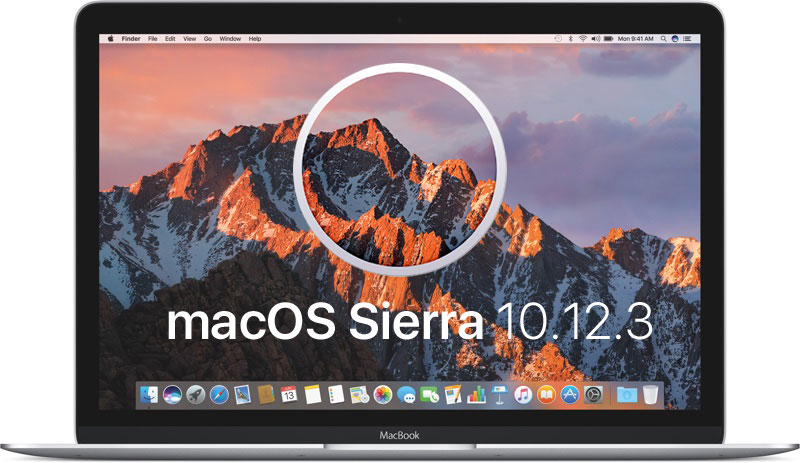
cd /Applications to migrate to the relevant directory.Now, mount the boot volume with user write permissions.It just means the filesystem was repaired. Don’t be alarmed by output such as “FILESYSTEM WAS MODIFIED”, that’s normal. Always run a disk check first in SU mode by typing in /sbin/fsck -fy.After each of the following commands, hit enter. Hold down command + S at the startup chime.While using this method will allow you to remove the file without resetting the admin’s password, it’s not advisable to make filesystem modifications at all in this manner, so proceed at your own risk. Use Single User mode (if Filevault is enabled or a firmware password is set, this won’t work either). That’ll allow you to access the admin account and subsequently delete the Installer. Select your boot volume when presented with "choose startup disk" and then reboot your machine.Click Save, close this pane and quit Utilities.Type in a new password for the account.From the window that appears, select your boot volume and the administrative account.Select Terminal from your Utilities Menu Bar.Boot into your Recovery Partition holding down command + R at the startup chime.

Reset The Admin Password (note that if Filevault is enabled, this won’t work): That said, if this isn’t possible, a few workarounds exist: The advisable solution is to ask the system administrator to remove it. But using sudo requires an administrative, master, or root password. The command rm -r /Applications/Install\ macOS\ Sierra.app won’t execute without prepending it with sudo. That said, as Avery Chan mentioned, you still need sufficient privileges in order to remove it. app extension, Install macOS Sierra.app is essentially just a disk image waiting to be installed…no system modifications were made by merely downloading it, so deleting it is all that’s needed for removal.


 0 kommentar(er)
0 kommentar(er)
